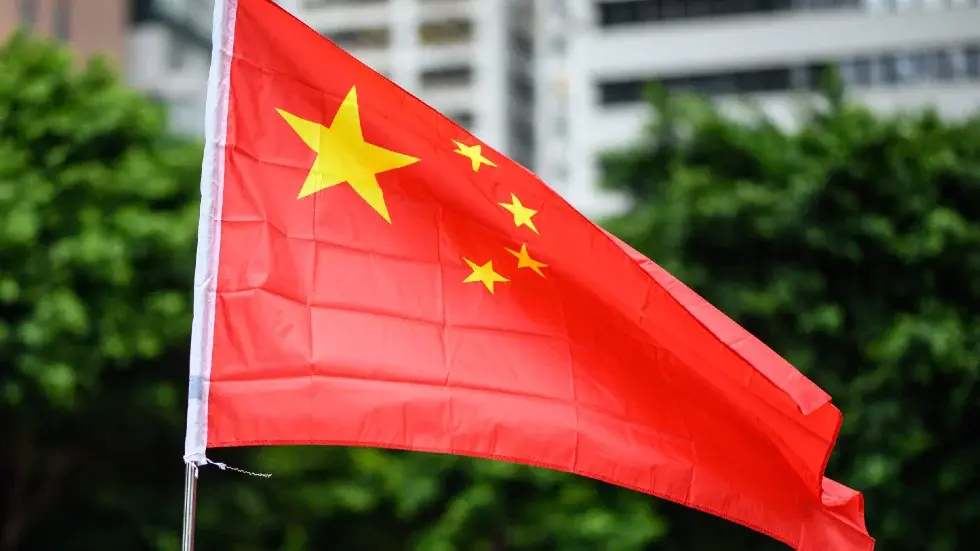The world’s first 1.2Tb/s capacity ultra-high-speed backbone network connecting Beijing, Wuhan, and Guangzhou was inaugurated at Tsinghua University on Monday. This next-generation ultra-high-speed network signifies a milestone in China’s Internet infrastructure development.
The 3,000-kilometer-long backbone network is the world’s first 1.2Tb/s capacity backbone network in use, as a crucial part of China’s Future Internet Technology Infrastructure (FITI) project. The backbone network has achieved complete domestic production, according to Xinhuanet.
The network underwent trial operation on July 31, 2023. It has been operating smoothly and reliably since then, and pilot tests have shown that the channel meets design standards.
At present, a 400Gb/s capacity backbone network has just been put into commercial use. The establishment of a 1.2Tb/s capacity ultra-high-speed backbone network means that China’s major backbone network technology has reached a T-bit level. Wu Jianping, chairman of the Institute for Network Sciences and Cyberspace at Tsinghua University, made this announcement on Monday, citing a report from Xinhuanet.
The technology was jointly developed by Tsinghua University, China Mobile Communications Corporation, Huawei, and Cernet, with the aim of providing high-speed Internet access in China.
Given that China has the world’s largest Internet user group, generating significant demand for high-speed and stable Internet, this development is crucial. As of June 2023, the total number of internet users in China had reached 1.079 billion, according to a report from the China Internet Network Information Center.
Additionally, China continues to expand its network infrastructure. As of September, China had constructed a total of 3.19 million 5G base stations, forming the world’s largest network infrastructure.


I have always used the analogy of roads. Can think of your larger highways as the network backbone, which branch off into the individual ISPs exchanges (which generally proceed down several tiers of provider) who eventually then distribute the individual user’s internet connection.
Local roads would be the metaphor for the end user internet.
The higher speed network backbone basically has the capacity to maintain higher speeds for more people. Nobody is going to have access to the full terabyte speed (nor would they have the capacity to utilize it even if they did) but more networks will be able to connect to it without causing congestion. We have technically seen faster networks than this, but only for much much shorter ranges (like 40-50 km, not 3000).
The end result will be a lot of people will have very high-speed internet access.
This architecture usually is mirrored, albeit on a smaller scale, for things like enterprise level networks.